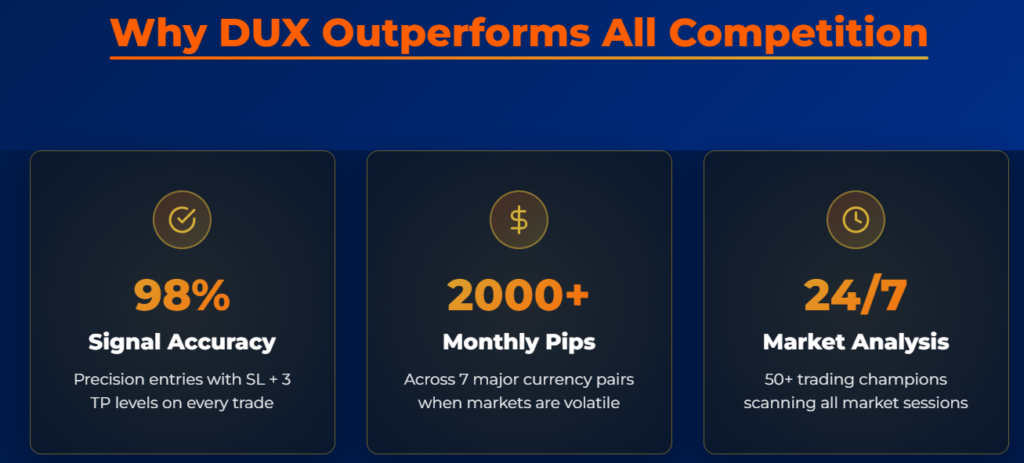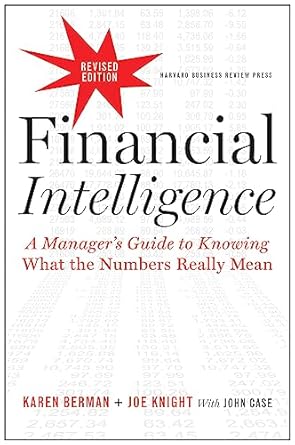Description:
Discover Marc Faber’s thought-provoking insights in Tomorrow’s Gold: Asia’s Age of Discovery. Explore why the next economic superpowers may lie in the East and how you can prepare to ride the golden wave.
Introduction: The Rise of the East
Picture this: you’re an investor in the 1990s, watching the Western world dominate finance, tech, and trade. But quietly, behind the scenes, a massive economic shift is brewing in the East. Enter Tomorrow’s Gold: Asia’s Age of Discovery by Marc Faber—a book that doesn’t just forecast the future; it challenges the entire worldview of investing.
Marc Faber, famously known as “Dr. Doom” for his bold and often controversial predictions, penned this eye-opening book to alert global investors that the tides of wealth are shifting. This isn’t just another financial book with charts and theories; it’s a gripping economic narrative that combines history, geopolitics, and actionable insight.

And if you’re ready to dive in, grab your copy here 👉 Tomorrow’s Gold by Marc Faber on Amazon
Who Is Marc Faber?
Before diving into the gold mine of insights, let’s talk about the man behind the message.
Marc Faber is a Swiss investor and fund manager known for his contrarian views and his monthly “Gloom, Boom & Doom Report.” He predicted the 1987 stock market crash and foresaw the rise of China before it became a mainstream narrative. Faber isn’t about sensationalism—he backs his predictions with historical parallels, demographic studies, and deep economic analysis.
The Central Premise: Tomorrow’s Gold Lies in Asia
At the heart of Tomorrow’s Gold is a revolutionary idea—future economic growth, innovation, and investment opportunities won’t come from the West but from the East, especially Asia. Faber argues that the West, weighed down by debt, aging populations, and stagnant growth, is slowly ceding economic dominance to emerging markets.
He identifies specific countries—China, India, Thailand, and Vietnam—as fertile ground for investors who are ready to think long-term.
“Just as the center of economic gravity shifted from the Mediterranean to Northern Europe and then to the Atlantic Ocean, the next shift will take place towards the Pacific and Indian Oceans,” Faber writes.
That statement alone should make you rethink your portfolio.
Key Takeaways from Tomorrow’s Gold
Let’s unpack the golden nuggets Marc Faber offers in this book.
1. History Repeats Itself—but Not Always the Same Way
Faber dives deep into historical economic patterns. He compares today’s trends with ancient empires—Rome, Byzantium, and the colonial powers of Europe. His point? Economic empires rise and fall, and it’s crucial to spot the turning point.
For example, he draws eerie parallels between the British Empire’s decline and the current state of the U.S. economy—excessive military spending, unsustainable consumption, and a ballooning debt load.
2. Demographics Are Destiny
One of Faber’s most compelling arguments is demographic momentum. In the West, aging populations mean a shrinking workforce and declining productivity. Meanwhile, Asia is home to some of the youngest populations in the world.
Countries like India have a median age under 30, translating to a booming labor force, growing consumption, and higher productivity. Faber stresses that this youthful energy will be the fuel of economic expansion.
3. Asia Is Rich in Resources—and Ambition
From natural resources to human capital, Asia is well-equipped for growth. Faber underscores how countries like Indonesia and Malaysia are sitting on untapped mineral wealth. Couple that with massive infrastructure development in China and India, and you have a recipe for explosive growth.
He also praises the region’s entrepreneurial spirit, technological adoption, and improving governance—factors often underestimated by Western investors.
4. Don’t Chase Yesterday’s Winners
Faber makes it clear: investing based on past performance is a recipe for disaster. The stock markets of the West, particularly the U.S., have seen unprecedented growth over the last century—but that doesn’t mean the next century will follow the same path.
His message? Look for undervalued, underappreciated markets with high growth potential. That’s where tomorrow’s gold lies.
📚 Grab your future-forward investment guide here 👉 Buy Tomorrow’s Gold by Marc Faber
Asia’s Emerging Powerhouses: Faber’s Favorite Picks
Faber doesn’t just theorize—he gives concrete direction. These are the countries he believes are poised to shine:
- China: Despite concerns about government control, Faber remains bullish on its long-term potential.
- India: With a democratic structure and a tech-savvy workforce, India’s growth story is just beginning.
- Thailand & Vietnam: Political challenges exist, but the cost advantages and economic liberalization make them hotbeds for investment.
Investing According to Faber’s Philosophy
Here’s how to apply the wisdom of Tomorrow’s Gold to your own investment strategy:
A. Diversify Beyond Borders
Too many portfolios are concentrated in U.S. or European equities. Faber recommends looking East—not just for higher returns but to hedge against Western market instability.
B. Value Over Hype
Faber isn’t a fan of hype-driven assets. He advocates for buying when there’s “blood in the streets”—when markets are cheap, ignored, or in temporary crisis.
C. Gold and Hard Assets Are Still King
True to his nickname “Dr. Doom,” Faber maintains a skeptical stance on fiat currency. He advocates for owning physical assets—especially gold and real estate—as inflation hedges and long-term stores of value.
And yes, gold isn’t just symbolic in the title. Faber genuinely believes it will be a cornerstone of future wealth.
Why This Book Still Matters in 2025
Published in 2002, you might wonder if Tomorrow’s Gold is still relevant. Spoiler alert: it’s more relevant than ever.
Here’s why:
- Geopolitical Shifts like the U.S.-China tensions and the BRICS expansion validate Faber’s predictions.
- The Rise of AI and Automation is accelerating growth in Asia’s tech sectors.
- Post-pandemic Realignment is causing global supply chains to diversify into countries like Vietnam, Indonesia, and India.
If you’re a serious investor, reading Tomorrow’s Gold today is like finding a treasure map written two decades ago that’s just now revealing its secrets.
Criticisms and Caveats
Of course, no book is perfect. Some critics argue that Faber’s predictions can be overly dramatic and that not all Asian markets have lived up to the hype. Plus, political instability and lack of transparency remain real risks in emerging markets.
However, even his harshest critics acknowledge the depth of Faber’s research and his ability to make you think differently.
Final Thoughts: Is Tomorrow’s Gold Worth Your Time?
Absolutely.
Whether you’re a seasoned investor, a student of economics, or someone intrigued by the shifting balance of global power, Tomorrow’s Gold delivers value. It doesn’t offer cookie-cutter advice—but it gives you something far more powerful: perspective.
By blending history, economics, and strategy, Marc Faber challenges readers to zoom out and see the bigger picture. And that’s something every investor needs in today’s chaotic world.
🔗 Ready to explore tomorrow’s gold today? Grab your copy now on Amazon
Quick Recap
- 📘 Book: Tomorrow’s Gold: Asia’s Age of Discovery
- 🧠 Author: Marc Faber, Swiss investor & economist
- 🌏 Theme: Asia is the future of economic growth
- 💼 Audience: Investors, entrepreneurs, global thinkers
- ⭐ Why Read: Insightful, bold, and timelessly relevant
Don’t Miss Out on the Next Economic Revolution
As the West grapples with stagnation and uncertainty, the East is awakening. Don’t wait for the mainstream media to catch on. Learn from someone who called it before the crowd did.
Hit that golden link and start reading today 👉 Tomorrow’s Gold by Marc Faber – Buy on Amazon

Turn Any Idea into Viral,
Jaw-Dropping AI Videos in Seconds!

“Start Your Website Journey Today – Exclusive Hostinger Discounts!”






